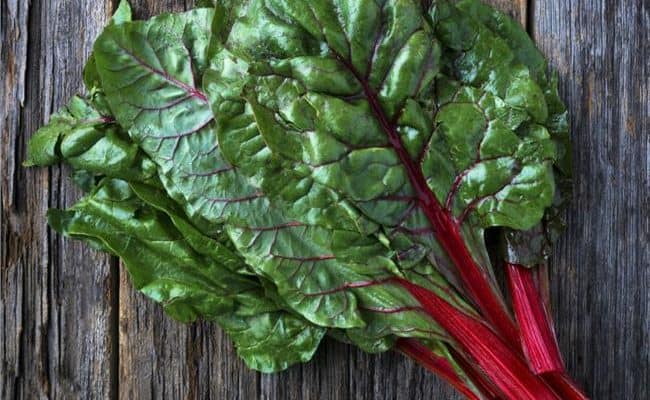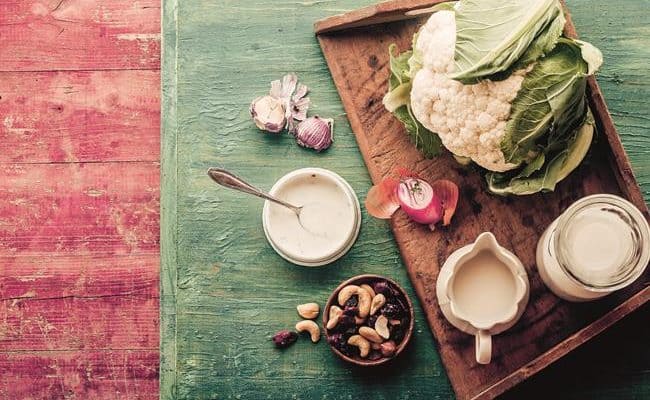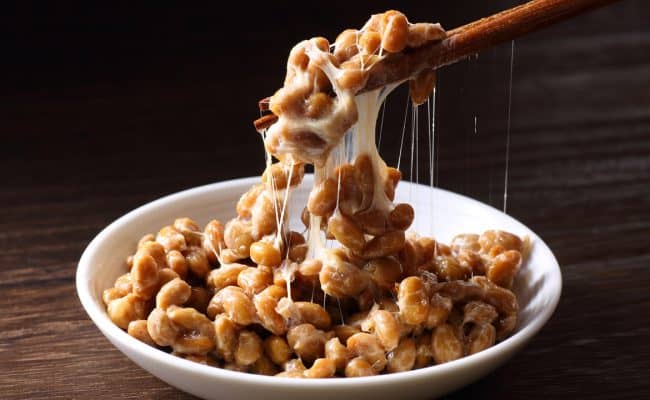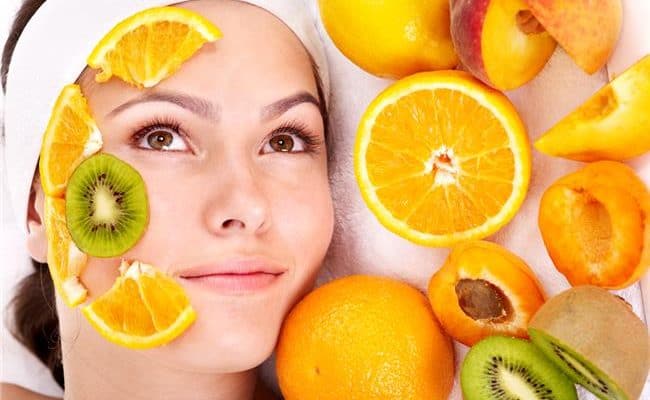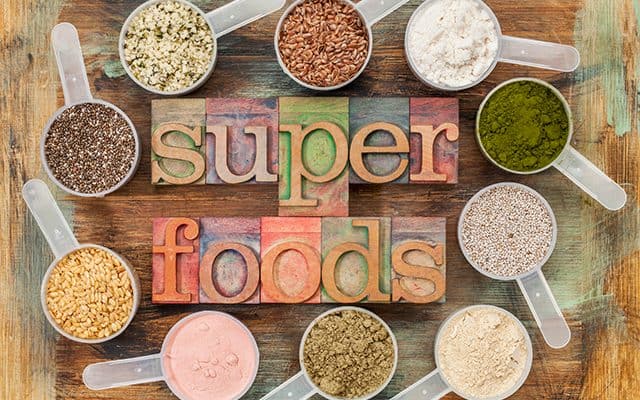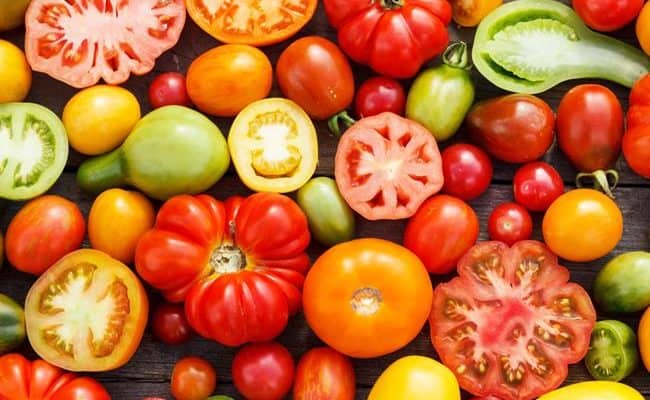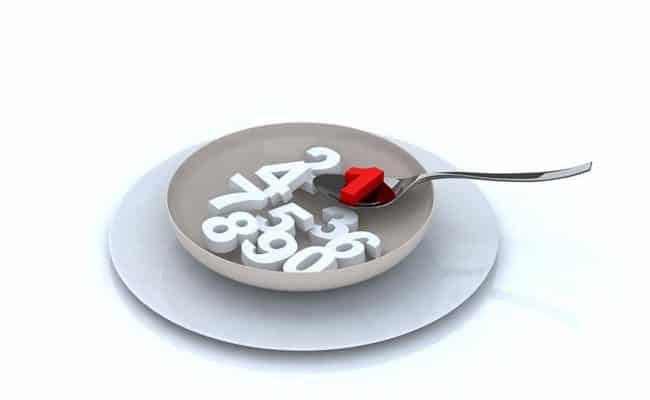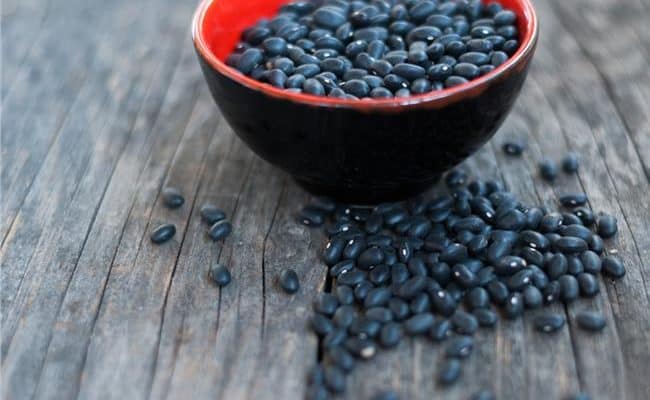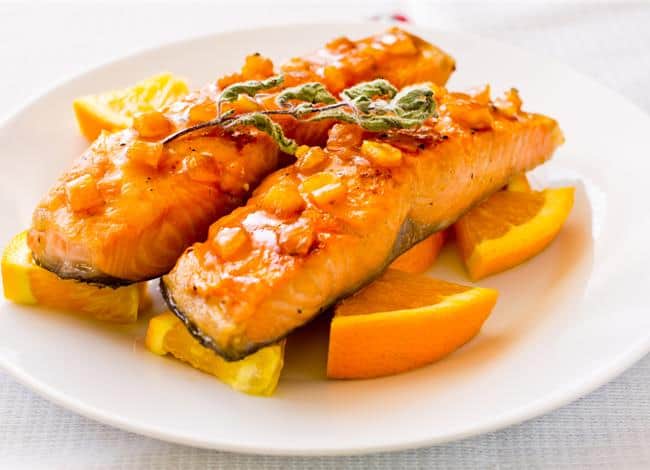
The food with the highest amount of natural vitamin D is fatty fish. Eating a variety of fatty fish including salmon, mackerel, sardines and herring can provide vitamin D to the diet. Other sources include: fortified dairy, egg yolks and mushrooms.
In today’s society, getting enough vitamin D from sunlight is a challenge. Most people spend daylight hours inside with little availability to be in the sun. If you live in a Northern climate, at least part of the year you can’t get vitamin D from the sun.
If you have darker skin, are elderly or are overweight/obese, you may be at a higher risk for not getting enough vitamin D.
All these factors account for approximately 1 billion people worldwide who may have insufficient levels of vitamin D (1).
The danger for being deficient in vitamin D is this can increase risk for osteoporosis, heart disease, certain cancers, certain infectious diseases and possibly other diseases.
Besides playing a role in increasing calcium absorption and impacting bone health, vitamin D also plays role in immune function, fighting cancer cells and may play a role in blood pressure regulation.
Vitamin D may have other functions in the body; more research is being done to clarify other ways vitamin D levels can influence health.
Focusing on consuming foods that are a source of vitamin D is important especially if you don’t adequate sunlight throughout most of the year.
Vitamin D is not found naturally in many foods, so it is important to include these vitamin D sources in your diet.
How much vitamin D should you get?
RDA levels for adult men and women up to 70 years old is 600 IU (15 mcg) per day. The RDA for adults over 70 years old is 800 IU (20 mcg).
Your intake for vitamin D will be higher if you are deficient. Consult your doctor for any individual questions about how much vitamin D you should be getting per day.
Foods high in vitamin D
1. Fatty fish
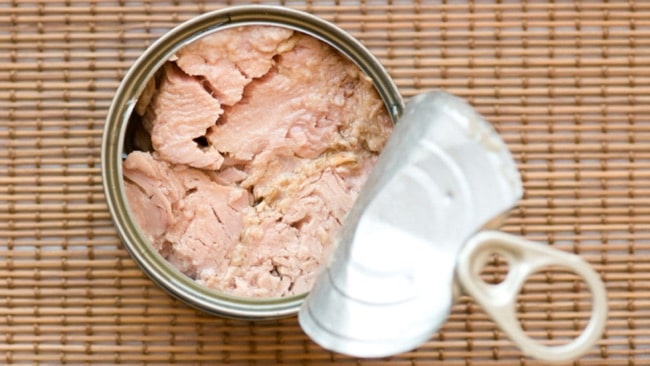
Fatty fish is one of the best natural sources for vitamin D.
For example, three ounces of cooked salmon provides over 100% DV for vitamin D (2).
Tuna fish and sardines are other examples of fatty fish that provide vitamin D. Three ounces of canned tuna provides about 39% DV vitamin D, and two canned sardines provides about 12% DV vitamin D.
Eating more fatty fish not only helps you reach your RDA for vitamin D, but it also provides a source of protein, omega 3’s, B vitamins and magnesium.
It is recommended to eat about 2 servings of fish per week (3.5 ounces each).
If you don’t like eating fatty fish but still want the vitamin D, cod liver oil is rich in vitamin D. One tablespoon provides about 340% DV vitamin D.
2. Shrimp
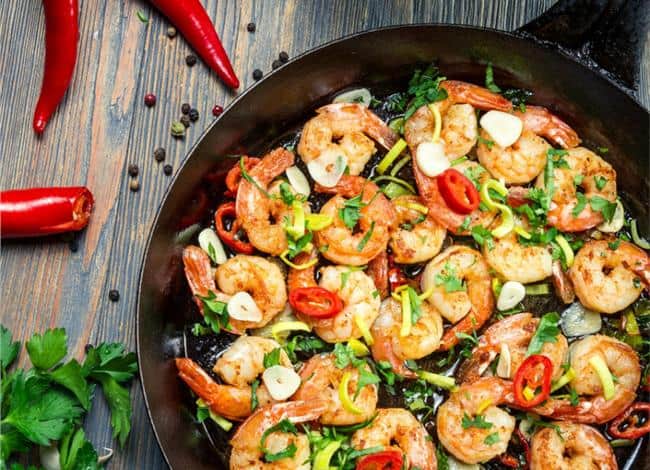
Besides fatty fish, shrimp is another seafood option that naturally contains vitamin D.
Four ounces of shrimp can provide about 27% DV based on 600 IU per day. Besides being a source for vitamin D, shrimp is a lean protein source that is high in selenium, vitamin B12, phosphorus, copper and iodine.
While shrimp has many nutritional benefits, like other seafood, it has a risk of containing trace contaminants or antibiotics. Eating a variety of seafood and other protein foods in general is recommended.
3. Fortified dairy (or dairy alternatives)
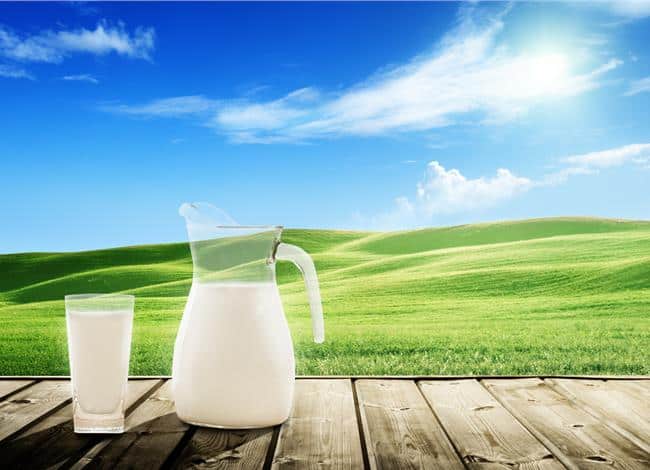
Dairy is a natural source of calcium, but it is not a natural source of vitamin D. Dairy milk started getting fortified with vitamin D in the 1930’s to lower risk for rickets and continues to be a main source of vitamin D in the diet.
Full blown vitamin D deficiency in children can cause rickets which causes the bones to be soft and bow out.
A cup of milk can provide about 30 DV vitamin D. Other dairy products make from fortified milk like cheese and yogurt can also be a source of vitamin D.
If you do not consume dairy, most dairy alternatives like soy, almond or coconut milks are fortified with vitamin D.
Along with calcium and vitamin D, milk is also a source of potassium, B vitamins and magnesium.
4. Egg yolks
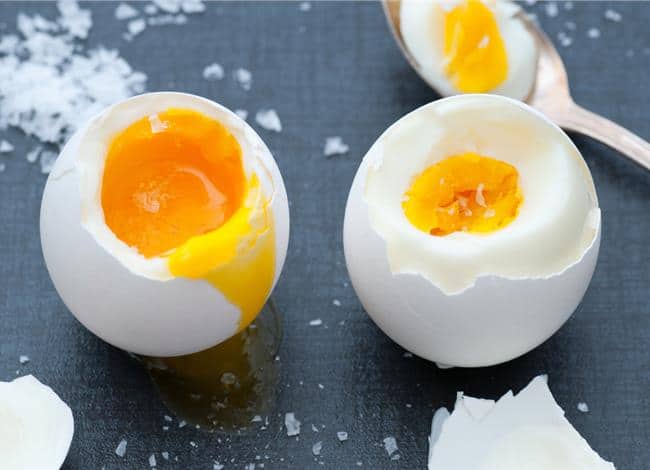
An egg provides varying amounts of 13 vitamins and minerals including vitamin D.
One egg yolk provides about 9% DV vitamin D. The yolk also is a good source of choline which is needed for cell metabolism, neurotransmitter synthesis and transport of lipids (3).
A large egg has less than 100 calories and provides about 6 grams of protein. Other vitamins and minerals found in an egg include: vitamin A, calcium, iron and B vitamins.
Eating egg yolks was associated with increasing risk for heart disease because they also contain dietary cholesterol. Eggs are poultry and are not considered dairy products.
However, recent research has shown that moderate egg consumption does not increase risk for heart disease.
For example, a 2015 study (4) found eating 2 eggs for breakfast in healthy young adults didn’t increase risk for heart disease.
In fact, the egg group had higher levels of HDL cholesterol (the good cholesterol) and favorably affected liver enzymes.
5. Mushrooms
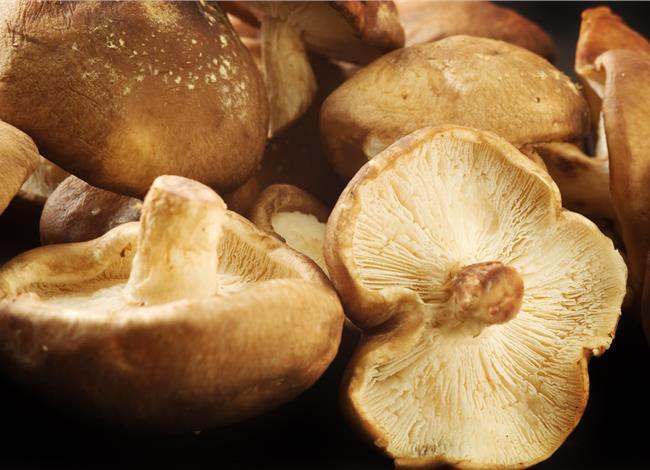
The way mushrooms provide vitamin D is a little different than animal based food sources of vitamin D.
The vitamin D from mushrooms, which is the only natural vitamin D plant source, is actually a precursor for vitamin D (5).
The body converts this precursor form of vitamin D into a form the body can use, similar to the way the body converts vitamin D in response to sunlight.
Interestingly, if mushrooms are grown indoors in the dark, their vitamin D level is negligible.
Mushrooms grown in sunlight or UV treated can be a higher source for vitamin D.
Some commercially produced mushrooms are utilizing more UV treatment to increase vitamin D amounts in mushrooms.
Conclusion: vitamin D foods
Not many foods (including the healthiest fruits) are natural sources of vitamin D. Other foods like juices and breakfast cereals are starting to be fortified with vitamin D as well.
The food with the highest amount of natural vitamin D is fatty fish.
Eating a variety of fatty fish including salmon, mackerel, sardines and herring can provide vitamin D to the diet. Other sources include: fortified dairy, egg yolks and mushrooms.
